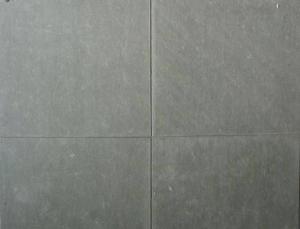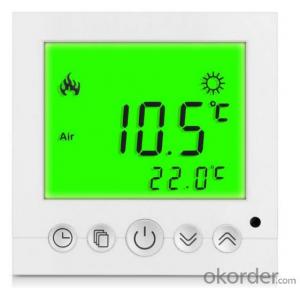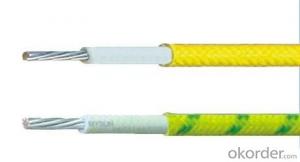Wifi For Solar Inverter
Wifi For Solar Inverter Related Searches
Best Paint For Stainless Steel Blanket Insulation For Steel Buildings Primer For Galvanized Steel Foam Filter For Stainless Steel H S Code For Stainless Steel Surface Grinding Wheels For Stainless Steel Surface Grinding Wheels For Hardened Steel Hole Saw For Stainless Steel Paint For Stainless Steel Stainless Steel For BbqHot Searches
Steel Mesh Panels For Sale Price For Stainless Steel Scrap Scrap Price For Stainless Steel Price For Stainless Steel Stainless Steel Plate For Sale Stainless Steel Tank For Sale Stainless Steel Sheets For Sale Cheap High Tea Sets For Sale Stainless Steel Tanks For Sale Stainless Steel For Sale High Density Fiberboard For Sale Solar Hot Water Collectors For Sale Scaffolding For Sale In Uae Scaffolding For Sale In Ireland Scaffolding For Sale In Houston Type Of Inverter For Solar Price Of Shipping Containers For Sale Types Of Inverter For Solar Stock Price For Aluminum Steel Mesh Panels For SaleWifi For Solar Inverter Supplier & Manufacturer from China
Okorder.com is a professional Wifi For Solar Inverter supplier & manufacturer, offers integrated one-stop services including real-time quoting and online cargo tracking. We are funded by CNBM Group, a Fortune 500 enterprise and the largest Wifi For Solar Inverter firm in China.Hot Products
FAQ
- To calculate the efficiency loss due to temperature for a solar inverter, you need to consider the temperature coefficient of the inverter. The temperature coefficient represents the percentage decrease in efficiency for every degree Celsius increase in temperature. By multiplying the temperature coefficient with the temperature difference from the inverter's rated temperature, you can estimate the efficiency loss. For example, if the temperature coefficient is 0.5% per degree Celsius and the temperature increase is 10 degrees Celsius, the efficiency loss would be 5%.
- Yes, a solar inverter can be connected to a battery storage system. This allows the excess energy generated by the solar panels to be stored in the battery for later use, providing backup power during times when the solar panels are not producing enough electricity.
- A solar inverter handles islanding detection and prevention by continuously monitoring the electrical grid. If the solar inverter detects a disturbance or a loss of grid power, it immediately stops injecting power into the grid. This action helps prevent the formation of an island, where a portion of the grid remains energized by the solar inverter while the main grid is down. By actively monitoring and ceasing power injection during grid abnormalities, a solar inverter ensures the safety of utility workers and prevents potential equipment damage.
- Yes, a solar inverter can be used in conjunction with a smart home system. In fact, many modern solar inverters are designed to integrate seamlessly with smart home technologies. This allows homeowners to monitor and control their solar energy production, consumption, and other connected devices through a centralized smart home system or smartphone app.
- Yes, a solar inverter can be used with a solar-powered water purification system. A solar inverter is responsible for converting the direct current (DC) electricity produced by solar panels into alternating current (AC) electricity that can be used to power various appliances and systems. In the case of a solar-powered water purification system, the solar inverter would be essential in converting the DC electricity generated by the solar panels into the appropriate AC power required to operate the system's pumps, filters, and other components.
- Yes, a solar inverter can be used with a single solar panel. The purpose of a solar inverter is to convert the direct current (DC) produced by the solar panel into alternating current (AC) that can be used to power electrical devices or be fed into the electrical grid. Even with a single solar panel, the inverter can still perform this function effectively.
- Yes, solar inverters are compatible with battery storage systems. In fact, solar inverters are an essential component of a battery storage system as they convert the direct current (DC) power generated by solar panels into alternating current (AC) power, which can be used to charge and discharge batteries. This allows for the efficient integration of solar energy with battery storage, enabling users to store excess solar power for later use, improving energy independence and reducing reliance on the grid.
- Yes, a solar inverter can be used with bifacial solar panels. Bifacial solar panels can generate electricity from both sides, capturing sunlight from both the front and back surfaces. The solar inverter is responsible for converting the DC power generated by the solar panels into AC power that can be used in homes or fed into the grid. Therefore, a solar inverter is an essential component for any solar panel system, including those with bifacial panels.













































